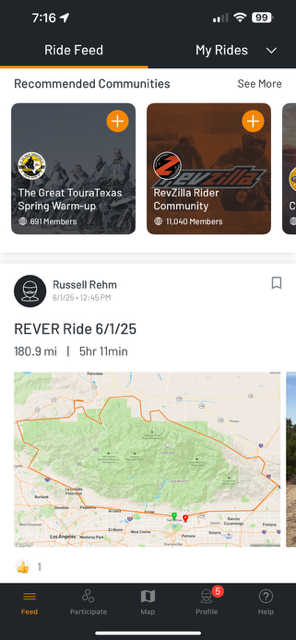Post #7 – Tech Topic Connection: Software Development Life Cycle (SDLC)
In my new role as a Software Analyst, one of the most essential concepts I encounter is the Software Development Life Cycle (SDLC) . SDLC is a structured process used by development teams to build high-quality software systems in a methodical and efficient manner. It includes stages like planning, requirements gathering, design, development, testing, deployment, and maintenance. Understanding this cycle has helped me see how software evolves from a simple idea into a fully functional, user-ready product—and where I fit into that process. Connection to Information Technology Fundamentals SDLC is rooted in the very foundation of information technology . It reflects the structured problem-solving mindset that defines computing—from the early days of punch cards and machine code to today’s agile development and cloud-based applications. Computers operate through clear, logical sequences, and SDLC mirrors that by breaking down software creation into defined phases. The history of computi...

